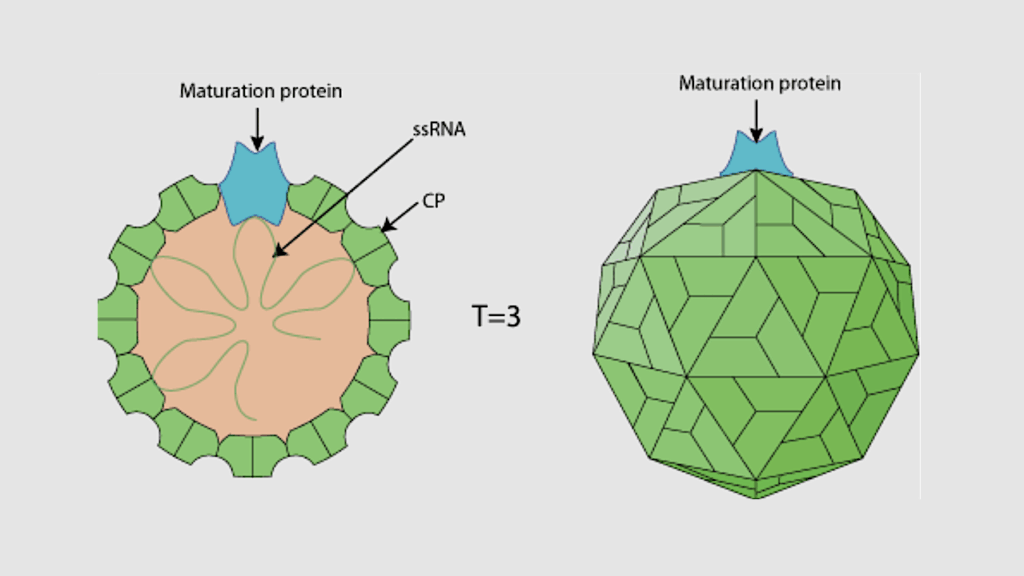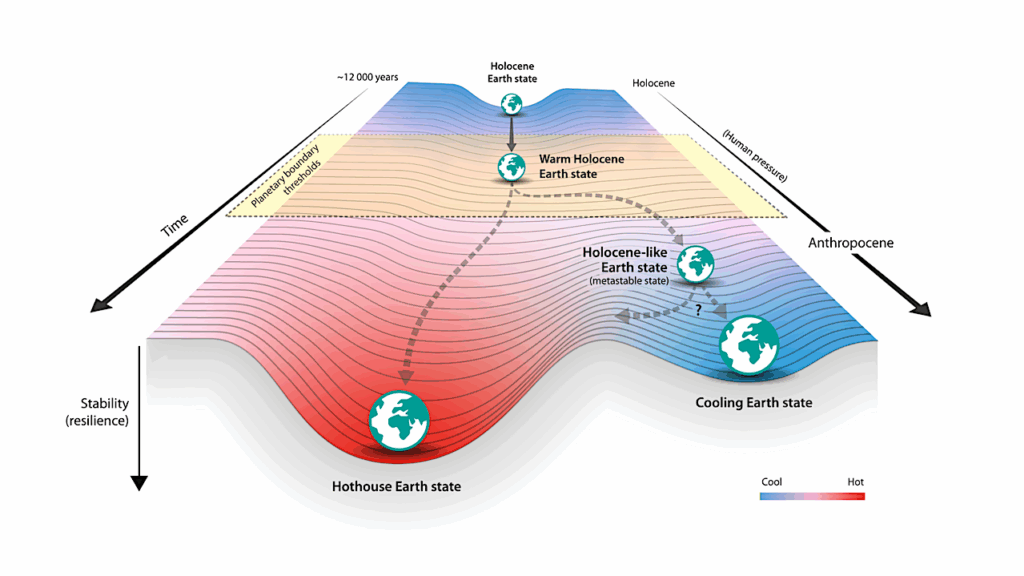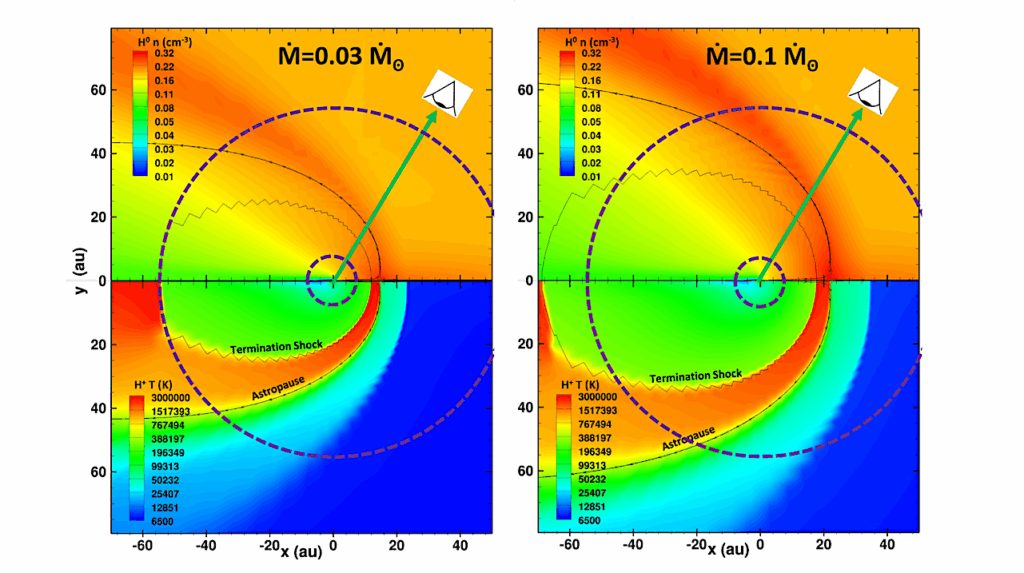A Primordial Atmospheric Origin Of Hydrospheric Deuterium Enrichment On Mars

The deuterium-to-hydrogen (D/H or 2H/1H) ratio of Martian atmospheric water (~6x standard mean ocean water, SMOW) is higher than that of known sources, requiring planetary enrichment.
A recent measurement by NASA’s Mars Science Laboratory rover Curiosity of >3 Gyr clays yields a D/H ratio ~3x SMOW, demonstrating that most enrichment occurs early in Mars’s history. As on Venus, Mars’s D/H enrichment is thought to reflect preferential loss to space of 1H (protium) relative to 2H (deuterium), but the global environmental context of large and early hydrogen losses remain to be determined.
Here, we apply a recent model of primordial atmosphere evolution to Mars, link the magma ocean of the accretion epoch with a subsequent water-ocean epoch, and calculate the behavior of deuterium for comparison with the observed record. We find that a ~2-3x hydrospheric deuterium-enrichment is produced if the Martian magma ocean is chemically reducing at last equilibration with the primordial atmosphere, making H2-CO the initially dominant species, with minor abundances of H2O-CO2. Reducing gases – in particular H2 – can cause greenhouse warming and prevent a water ocean from freezing immediately after the magma ocean epoch.
Moreover, the pressure-temperature conditions are high enough to produce ocean-atmosphere H2O-H2 isotopic equilibrium such that surface H2O strongly concentrates deuterium relative to H2, which preferentially takes up protium and escapes from the primordial atmosphere. The proposed scenario of primordial H2-rich outgassing and escape suggests significant durations (>Myr) of chemical conditions on the Martian surface conducive to prebiotic chemistry immediately following Martian accretion.
Kaveh Pahlevan, Laura Schaefer, Linda T. Elkins-Tanton, Steven J. Desch, Peter R. Buseck
Comments: 5 figures
Subjects: Earth and Planetary Astrophysics (astro-ph.EP)
Cite as: arXiv:2209.10635 [astro-ph.EP] (or arXiv:2209.10635v1 [astro-ph.EP] for this version)
https://doi.org/10.48550/arXiv.2209.10635
Focus to learn more
Related DOI:
https://doi.org/10.1016/j.epsl.2022.117772
Focus to learn more
Submission history
From: Kaveh Pahlevan
[v1] Wed, 21 Sep 2022 20:05:34 UTC (1,313 KB)
https://arxiv.org/abs/2209.10635
Astrobiology, Astrochemistry,








